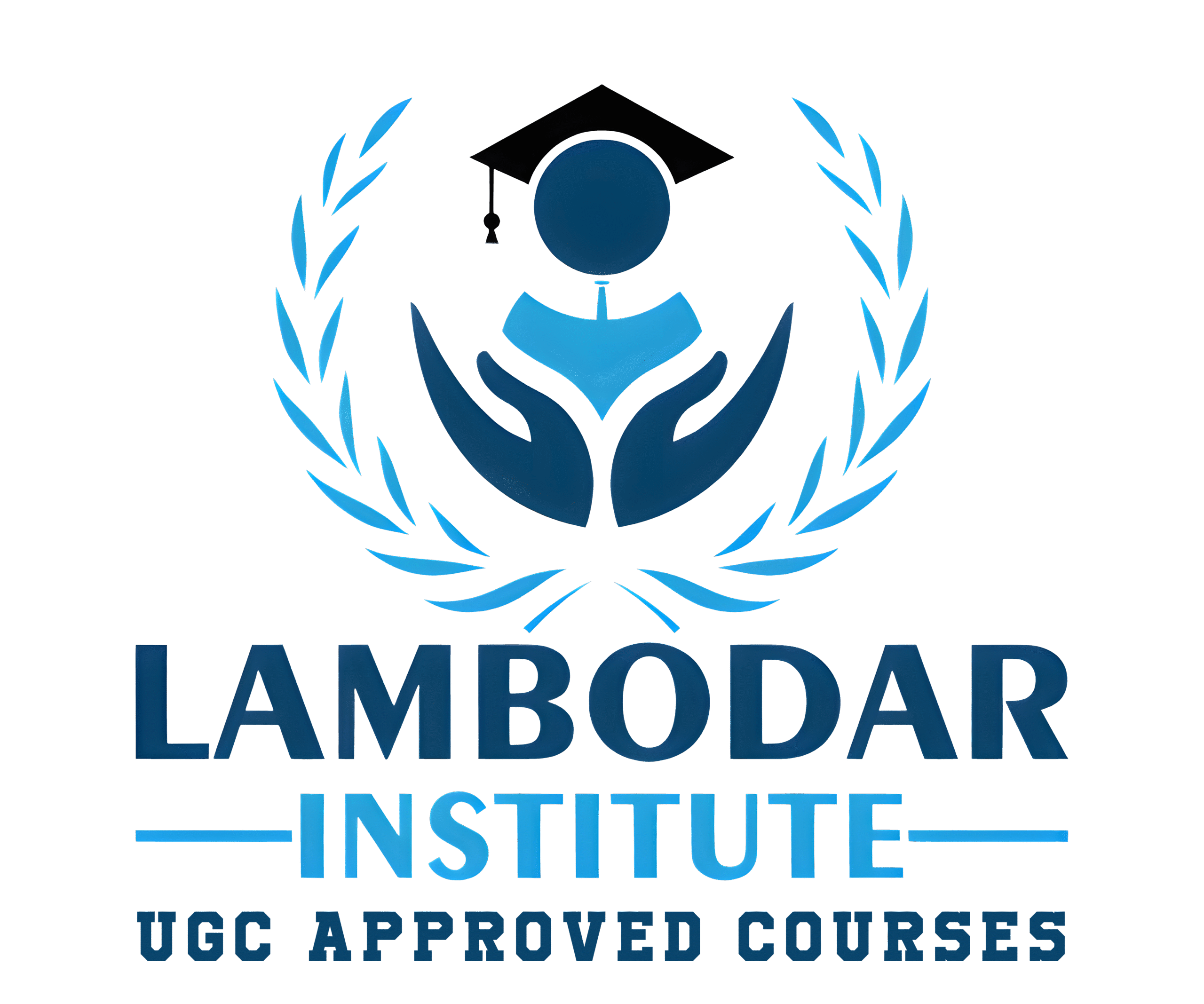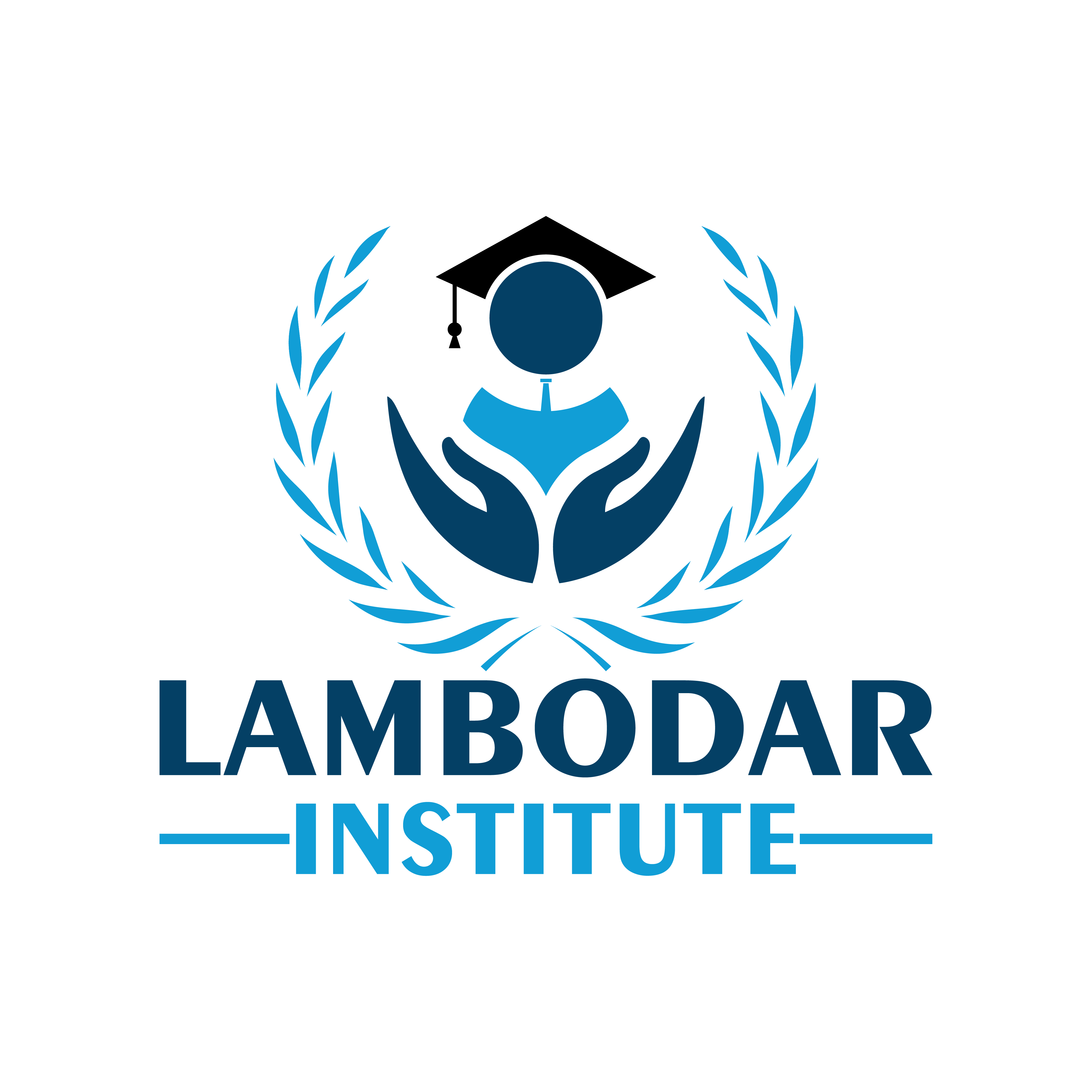The Diploma in Pharmacy (D. Pharma) program at Lambodar Institute is a two-year course designed to provide students with essential knowledge and skills in the field of pharmaceutical sciences. This program serves as a foundation for students who aspire to work as licensed pharmacists or pursue advanced studies in pharmacy. D. Pharma equips students with both theoretical and practical expertise, preparing them to serve in various healthcare settings such as hospitals, community pharmacies, and the pharmaceutical industry.
At Lambodar Institute, we aim to create highly competent and ethical pharmacy professionals who are capable of delivering high-quality pharmaceutical care. Our curriculum is designed in line with industry standards, focusing on developing a strong understanding of drug formulation, pharmacology, and pharmacy practice. The program also emphasizes patient counseling and healthcare communication skills, which are crucial for a successful career in pharmacy.
Course Content
1. Pharmaceutics I & II:
This module introduces students to the formulation and preparation of pharmaceutical products. Topics include dosage forms, pharmaceutical calculations, and manufacturing processes, giving students practical insight into drug production.
2. Pharmaceutical Chemistry I & II:
Students learn about the chemical properties of drugs, including the study of organic and inorganic compounds used in pharmaceuticals. This module covers drug composition, synthesis, and quality control.
3. Pharmacology and Toxicology:
This module explores how drugs interact with biological systems, including the study of drug mechanisms, therapeutic uses, and potential side effects. Students also learn about toxic substances and how to manage drug toxicity.
4. Pharmacognosy:
Students are introduced to medicinal plants and natural drug sources. The module covers the identification, collection, and processing of herbal drugs used in modern pharmaceuticals.
5. Biochemistry and Clinical Pathology:
This module focuses on the biochemical processes in the human body and how various diseases affect these processes. Students also learn laboratory techniques for diagnosing diseases.
6. Hospital and Clinical Pharmacy:
This module covers the role of pharmacists in hospital settings, including drug dispensing, patient counseling, and managing pharmaceutical services. It also addresses clinical pharmacy practices, emphasizing patient care.
7. Human Anatomy and Physiology:
Understanding the structure and function of the human body is essential for pharmacists. This module provides an overview of human anatomy and the physiological processes that influence drug action.
8. Health Education and Community Pharmacy:
Students learn about the role of pharmacists in promoting public health. This includes preventive healthcare measures, patient education, and the pharmacist’s role in community healthcare services.
9. Internship and Practical Training:
To ensure real-world readiness, students undergo practical training in hospital pharmacies, community pharmacies, or pharmaceutical manufacturing units. This hands-on experience is critical for applying their knowledge in real healthcare settings.
Graduates of the D. Pharma program from Lambodar Institute are prepared to work as qualified pharmacists, contributing to patient care and the safe dispensing of medications.




